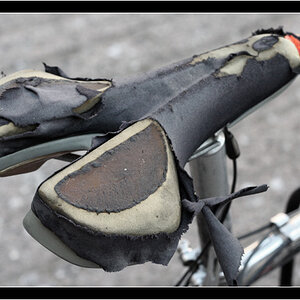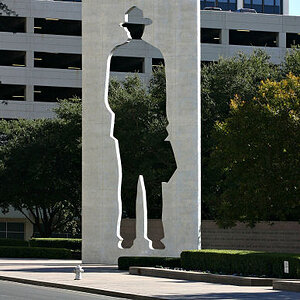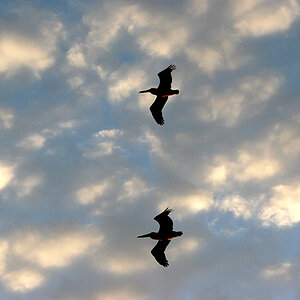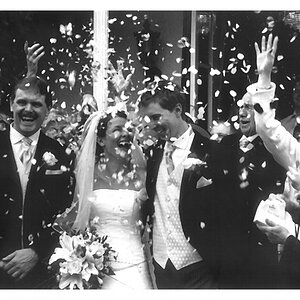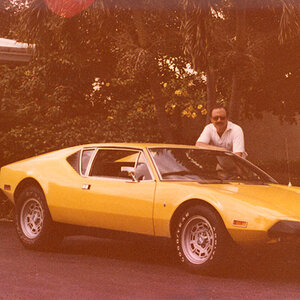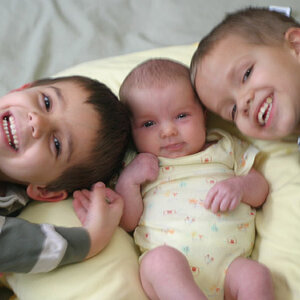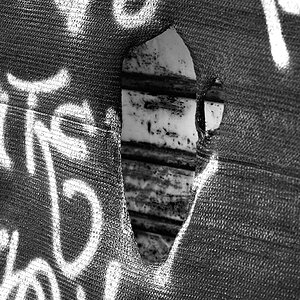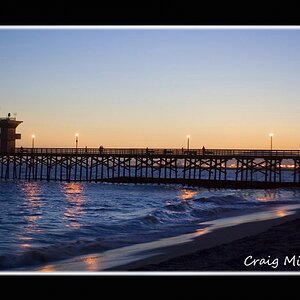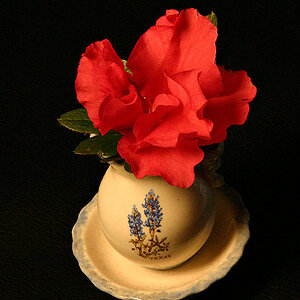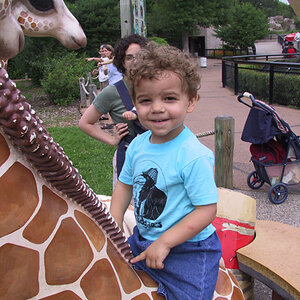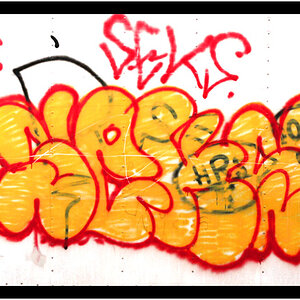Illah
TPF Noob!
- Joined
- Jun 29, 2006
- Messages
- 110
- Reaction score
- 0
- Location
- San Francisco
- Website
- www.grooveeffect.com
Hey All,
New to this forum, and relatively new to photography in general! I actually went to film school so many concepts such as lighting, stops, exposure, etc. are no problem, but the techniques are a bit different to say the least. Don't tell any of my former classmates, but I prefer still photography to motion photography
Anyway, I've just recently delved into the DSLR world and got this gear:
Nikon D50 w/ 18-55mm kit lens
70-300mm Nikkor Lens (forget exact model)
Nikon SB-600 flash
Lumiquest UltraBounce diffuser
I've had the camera for about a month, and the flash actually doesn't arrive until tomorrow. The main reason I bought the flash is for nightclub / concert / bar photography. I run an entertainment website and would like to move beyond the direct, harsh flash and blurred light trail long exposure photos that are clogging up every other entertainment site on the net.
Natural lighting in many of these venues tends to be almost non existent - enough to see with the eye, but WAY too low for a camera. So I know about the 45 degree, diffused bounce flash, but many of the venues I'll be in don't have a low enough cieling for that. Any other tips? I've read about using a white card on the top of the flash. Would this combined with the diffuser and a 45 degree tilt create enough lighting? Or would I be better off just aiming directly at the subject and let the diffuser take some of the edge off?
I know the ideal would be a true bounce system like the Lumiquest ProMax or pocket bouncer, but no way am I walking around a crowded club with that big thing above my already big flash...seems to easy to get knocked off and would make me a little too conspicuous in the crowd. It's stressful enough trying to protect the lens from the drunks - adding on the flash is about as big as I want to get (white card I don't care about as index cards are so cheap I don't care if they get mangled).
Any help would be appreciated!
Thanks,
--Illah
New to this forum, and relatively new to photography in general! I actually went to film school so many concepts such as lighting, stops, exposure, etc. are no problem, but the techniques are a bit different to say the least. Don't tell any of my former classmates, but I prefer still photography to motion photography
Anyway, I've just recently delved into the DSLR world and got this gear:
Nikon D50 w/ 18-55mm kit lens
70-300mm Nikkor Lens (forget exact model)
Nikon SB-600 flash
Lumiquest UltraBounce diffuser
I've had the camera for about a month, and the flash actually doesn't arrive until tomorrow. The main reason I bought the flash is for nightclub / concert / bar photography. I run an entertainment website and would like to move beyond the direct, harsh flash and blurred light trail long exposure photos that are clogging up every other entertainment site on the net.
Natural lighting in many of these venues tends to be almost non existent - enough to see with the eye, but WAY too low for a camera. So I know about the 45 degree, diffused bounce flash, but many of the venues I'll be in don't have a low enough cieling for that. Any other tips? I've read about using a white card on the top of the flash. Would this combined with the diffuser and a 45 degree tilt create enough lighting? Or would I be better off just aiming directly at the subject and let the diffuser take some of the edge off?
I know the ideal would be a true bounce system like the Lumiquest ProMax or pocket bouncer, but no way am I walking around a crowded club with that big thing above my already big flash...seems to easy to get knocked off and would make me a little too conspicuous in the crowd. It's stressful enough trying to protect the lens from the drunks - adding on the flash is about as big as I want to get (white card I don't care about as index cards are so cheap I don't care if they get mangled).
Any help would be appreciated!
Thanks,
--Illah


